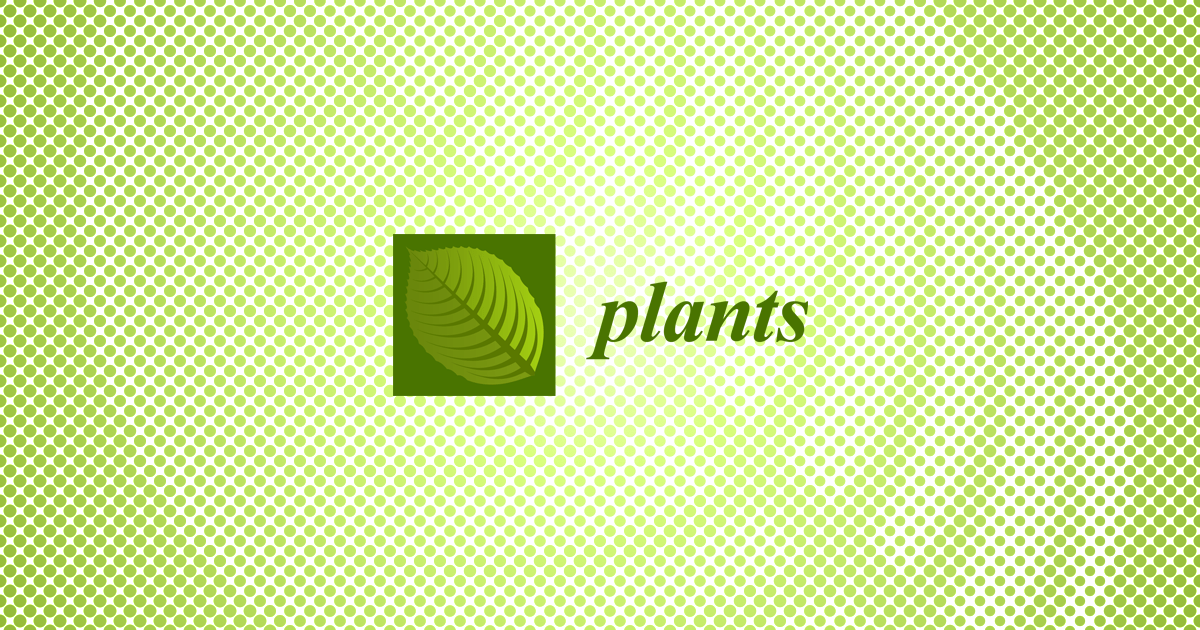Abstract
In this study, the effects of supplemental or night interruptional blue light (S-BL or NI-BL) positioning on morphological growth, photoperiodic flowering, and expression of floral genes in Chrysanthemum morifolium were investigated. Blue light-emitting diodes (LEDs) at an intensity of 30 μmol·m−2·s−1 photosynthetic photon flux density (PPFD) were used for 4 h either (1) to supplement the white LEDs at the end of the 10 h short-day (SD10 + S-BL4) and 13 h long-day conditions (LD13 + S-BL4), or (2) to provide night interruption in the SD10 (SD10 + NI-BL4) and LD13 (LD13 + NI-BL4). The S-BL4 or NI-BL4 was positioned to illuminate either the shoot tip, the youngest leaf (vigorously growing the third leaf from the shoot tip), or the old leaf (the third leaf from the stem base). In the text, they will be denoted as follows: SD10 + S-BL4-S, -Y, or -O; SD10 + NI-BL4-S, -Y, or -O; LD13 + S-BL4-S, -Y, or -O; LD13 + NI-BL4-S, -Y, or -O. Normally, the LD13 conditions enhanced more vegetative growth than the SD10 periods. The growth of leaves, stems, and branches strongly responded to the S-BL4 or NI-BL4 when it was targeted onto the shoot tip, followed by the youngest leaf. The SD10 + S-BL4 or +NI-BL4 on the old leaf obviously suppressed plant extension growth, resulting in the smallest plant height. Under LD13 conditions, the flowering-related traits were significantly affected when the S-BL4 or NI-BL4 was shed onto the youngest leaf. However, these differences do not exist in the SD10 environments. At the harvest stage, other than the non-flowered LD13 treatment, the LD13 + S-BL4 irradiating the youngest leaf induced the most flowers, followed by the shoot tip and old leaf. Moreover, LD13 + NI-BL4 resulted in the latest flowering, especially when applied to the shoot tip and old leaf. However, the SD10 + S-BL4 or + NI-BL4 irradiated the shoot tip, youngest leaf, or old leaf all significantly earlier and increased flowering compared to the SD10 treatment. Overall: (1) Generally, vegetative growth was more sensitive to photoperiod rather than lighting position, while, during the same photoperiod, the promotion of growth was stronger when the light position of S-BL4 or NI-BL4 was applied to the shoot tip or the youngest leaf. (2) The photoperiodic flowering of these short-day plants (SDPs) comprehensively responded to the photoperiod combined with blue light positioning. Peculiarly, when they were exposed to the LD13 flowering-inhibited environments, the S-BL4 or NI-BL4 shed onto the leaves, especially the youngest leaves, significantly affecting flowering.
Source link
Jingli Yang www.mdpi.com

